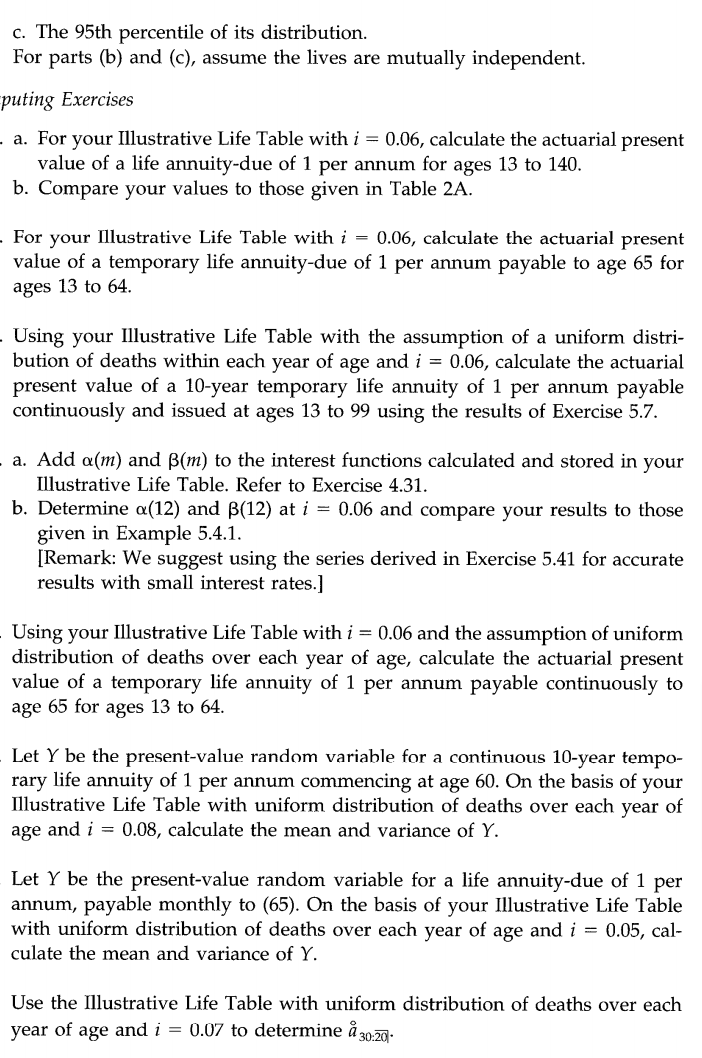Question
Answer all the questions below: Draw the short-run equilibrium position for a perfectly competitive firm that is making losses, the losses being insufficient to make
Answer all the questions below:
Draw the short-run equilibrium position for a perfectly competitive firm that is making losses, the
losses being insufficient to make it shut down in the short run.
Suppose an industry is operating in perfect competition.
Explain, with the aid of a diagram of a firm in this industry, the effects on both price and output in
both the short run and the long run of:
(i) an increase in the fixed costs of production for the products
(ii) a permanent rise in demand for the product.
A company maximises profits by setting output at a level such that the marginal cost of production
equals the price for which the company sells the product.'
Describe the conditions under which this statement is true.
Which of the following CANNOT be true for a profit-maximising monopolist?
A Profits are equal to normal profits in the long run.
B An economic profit is made in the short run.
C An economic loss is made in the short run.
D Marginal revenue is negative.
(i) Draw a diagram to show the profit-maximising position for a monopolist.
(ii) Indicate on the diagram the price and output if the monopolist decides to:
(a) break even (ie make only normal profit)
(b) produce the optimal output.
Monopolies are efficient because they make the high profits'.
Discuss this statement.
A profit-maximising monopolist will aim to maximise total revenue if the marginal cost of the
product supplied is zero at all output levels.'
Discuss this assertion, and draw a diagram to illustrate a monopoly in this position.

Step by Step Solution
There are 3 Steps involved in it
Step: 1

Get Instant Access to Expert-Tailored Solutions
See step-by-step solutions with expert insights and AI powered tools for academic success
Step: 2

Step: 3

Ace Your Homework with AI
Get the answers you need in no time with our AI-driven, step-by-step assistance
Get Started


